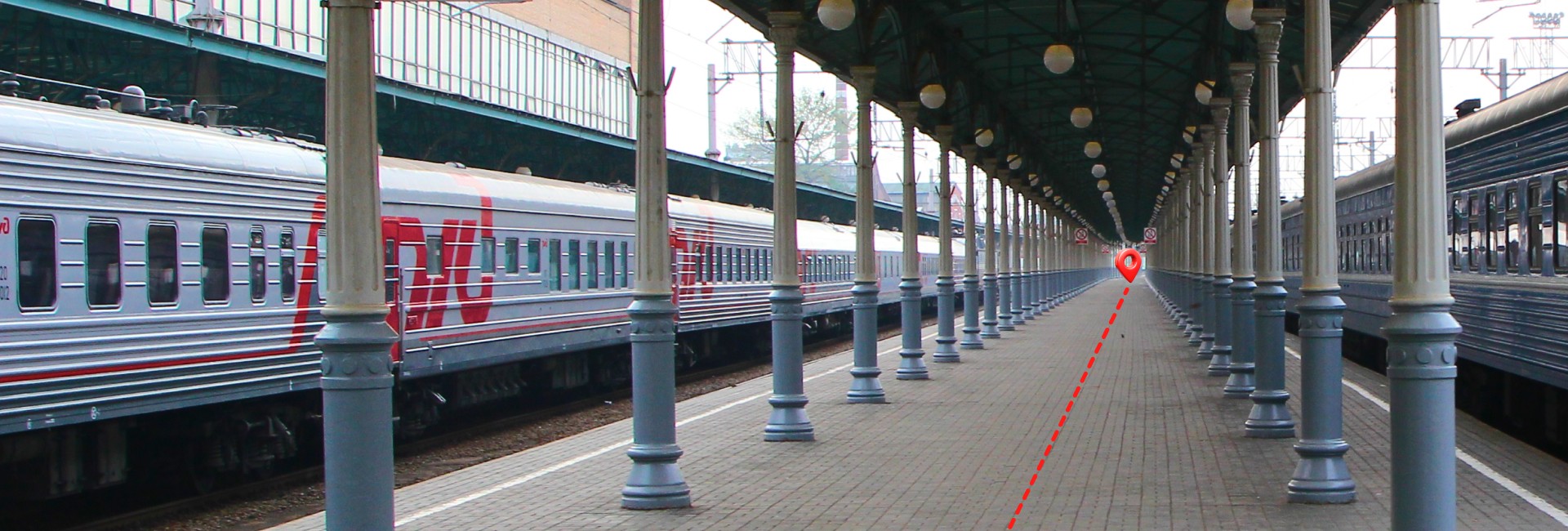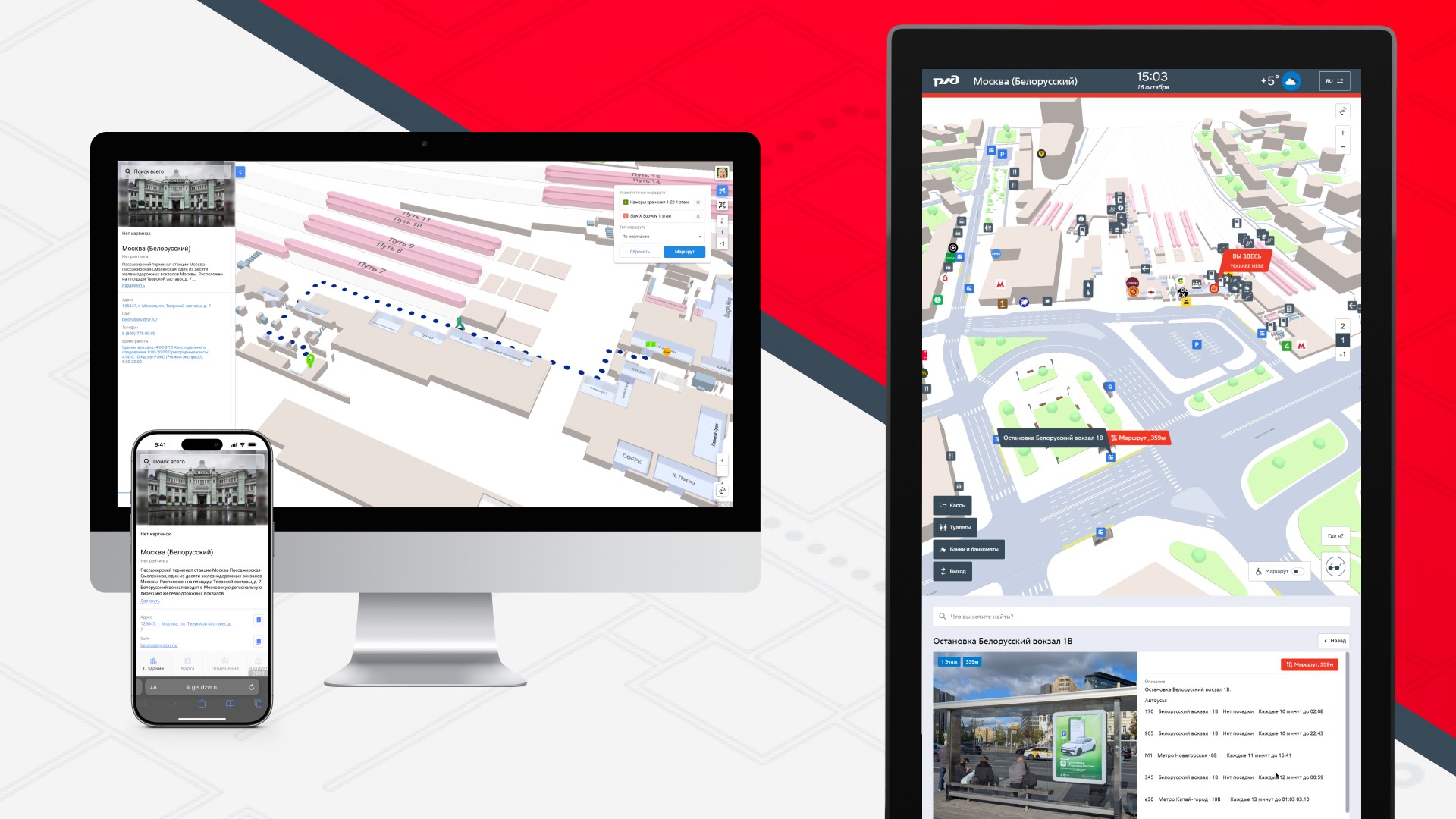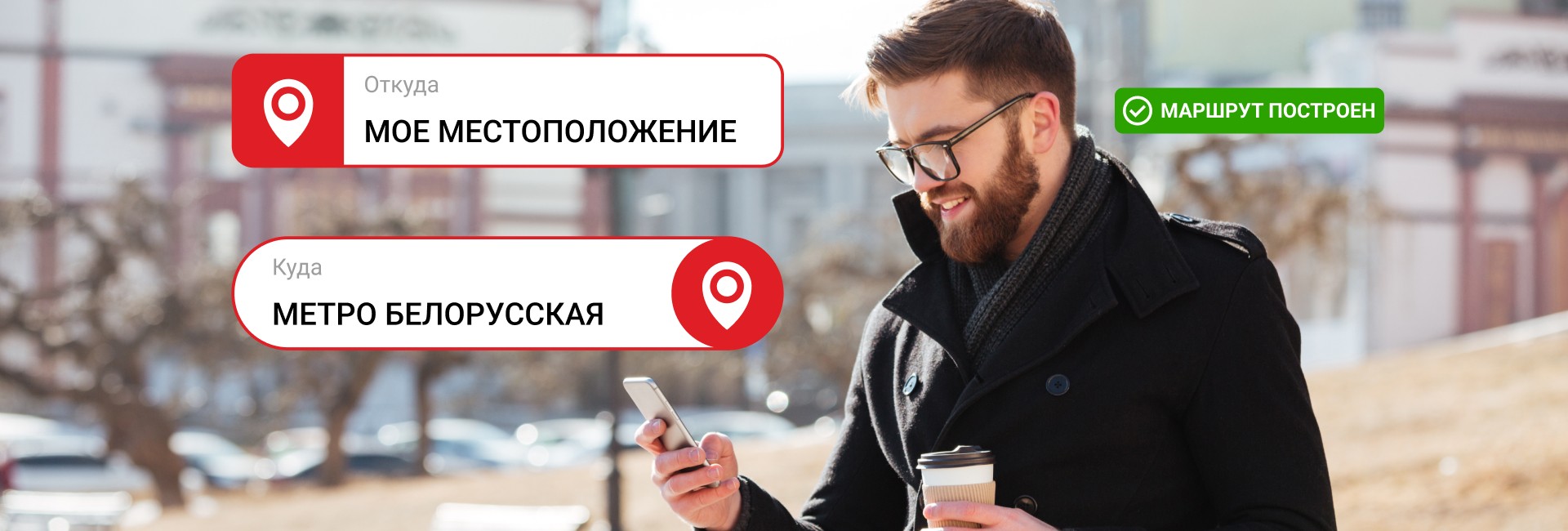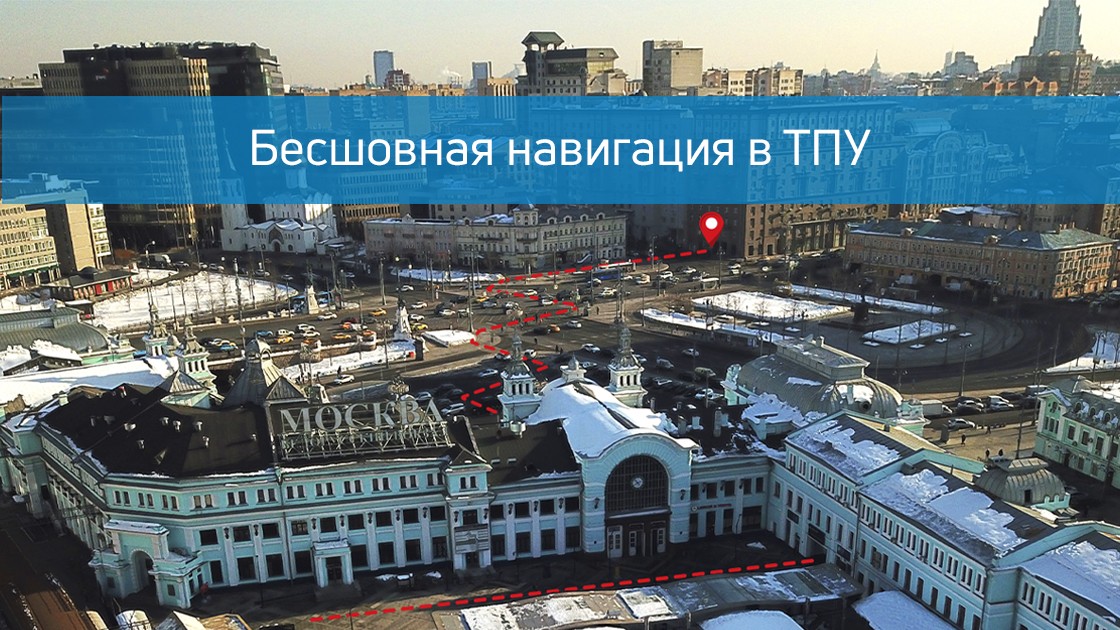In the heart of any megalopolis, where the flows of people, trains and cars intersect, the main challenge of modern urbanism arises — the problem of orientation. The Belorussky transport hub in Moscow is not just a point on the map, it is a complex organism that unites the metro and railway stations of the same name, ground transport stops, underpasses and a well-developed infrastructure of services. Hundreds of thousands of people pass through it every day, and for many, this experience is associated with stress, loss of time, and the need to constantly switch between maps, signs, and questions from passersby. Indoors Navigation has taken on the ambitious task of turning this maze into a transparent, intuitive digital environment where navigation becomes seamless, continuous and completely natural.
From an architectural maze to a digital twin
The first and most difficult stage of the project was to create a high-precision digital copy of the entire TPU. Our engineers and cartographers have carried out extensive work on laser scanning and photogrammetry in order to digitalize not only the room plans, but also all their spatial characteristics. We have digitized the multi-level metro lobbies with their complex passageways, waiting rooms and platforms of the railway station, underground pedestrian galleries, exits to city streets and even the location of turnstiles, elevators and escalators. The most important part of the work was the inclusion of all significant points of interest in the general map — from cafes and shops to ATMs, storage rooms and toilets, because for a person the ultimate goal of the route is often not an abstract geo-coordinate, but a specific place where you can satisfy your need.
The result of this painstaking work is not just a map, but a complete digital model that understands the logic of human movement. The system knows that to switch from the Kazan direction to the Tagansko-Krasnopresnenskaya metro line, you need to go up to the second floor and go through an underpass, and it can calculate the time of this route taking into account the workload of the halls and the speed of the escalators. It takes into account which exits are open at different hours, and can warn the user that the lobby closest to his destination is closed for renovation, suggesting the best alternative way.

Three faces of one system: application, terminal and web
The key philosophy of the project was versatility and accessibility. We understood that different users prefer different channels of information in different situations, so the navigation system was implemented in three complementary formats synchronized with each other in real time.
The mobile app It has become a personal guide for regular TPU users. Integrated with urban transport applications, it allows you to build a door—to-door route, for example, from a house in the Moscow region to a specific office on Leningradsky Prospekt, taking into account all transfers. The uniqueness of the solution is that at the moment when a person goes down to the subway or enters the station building, the application does not lose it, as happens with GPS navigators, but smoothly switches to using indoor positioning technologies, continuing to guide him through the same interface, with the same voice, with the same accuracy..
Information terminalslocated at key points of the hub — at the entrances to the subway, in the central halls of the station, at the exits to the platforms — have become a salvation for tourists, people without smartphones or those who just want to quickly navigate the place. Touch kiosks with large screens allow you to find the right service in a few taps or set a route to any point of the TPU. The terminal system forms its own network, where each kiosk knows its location, which allows it to offer the most relevant routes from exactly the point where the person is located.
Web version Navigation, accessible from any browser, has become a trip planner for those who like to prepare in advance. A potential passenger can study the TPU circuit from home or office, understand where to get off the train in order to get to the right metro lobby faster, and even "walk" along the future route in 3D mode in order to feel confident in reality.

Use cases: from daily routes to emergency situations
The real value of seamless navigation is revealed in the specific scenarios that are played out daily within the walls of the Belarusian TPU.
For a hurrying passenger, the system becomes a time-saving tool. An office worker who is late for morning planning can still set a route to the exit to Butyrsky Val Street in the aeroexpress carriage, and the application will take him the shortest way, bypassing the crowds of tourists at the main entrance to the metro, warning that there is increased traffic at the junction between stations today and it is better to go up to the floor above. According to our data, using optimized routes allows you to save an average of 5-7 minutes per transfer, which adds up to several saved hours per month.
For the tourist , navigation becomes a guarantee of peace of mind. A foreigner who finds himself at the Belorussky railway station for the first time no longer feels lost. He can find on the map not only a storage room for his suitcase, but also a currency exchange point with the best exchange rate, and from there he can be guided to the bus stop he needs. Integration with the machine translation system in terminals makes navigation available in dozens of languages, erasing the language barrier.
For people with limited mobility, the system provides an accessible route function. When building a path, it takes into account the presence and working condition of elevators, ramps and lifts, allowing a person in a wheelchair or with an injury to the musculoskeletal system to reach the goal without unforeseen obstacles.
For the TPU administration, the collected anonymized data on human flows is an invaluable tool for managing infrastructure. Analytics shows where traffic jams occur regularly, which exits are being used inefficiently, and how flows can be reallocated to increase the overall throughput of the node. This allows not only to increase security, but also to place commercial outlets — kiosks, advertising structures — more efficiently, increasing their passability and, as a result, profitability.

Technologies that make this possible
The seemingly simple user interface hides a complex technology stack. The seamless transition between outdoor and indoor navigation is provided by a hybrid algorithm that switches in real time between GPS, GLONASS, data from cell towers, Wi-Fi triangulation and the signal from Bluetooth beacons installed indoors. The positioning accuracy inside buildings reaches 1-3 meters, which is enough to identify a specific door or escalator.
A dynamic routing system based on graph databases constantly recalculates optimal paths, taking into account not only the static geometry of space, but also operational information about the closure of an exit, repairs, or an emergency situation. Integration with the API of urban transport systems allows you to show up-to-date schedules of commuter trains and buses, making navigation truly lively and useful.
Conclusion: seamless as a new standard of urban life
The project at TPU Belorussky clearly demonstrates that the future of urban mobility lies in integration and seamless operation. The urban environment is no longer a set of disparate zones with different navigation rules and is turning into a single, understandable and friendly digital space.
The successful implementation of this project is only the first step. The technologies developed in one of Moscow's most complex transportation hubs are ready to scale to other urban infrastructure facilities: airports, large business centers, university campuses, stadiums, and shopping galleries.
The company Indoors Navigation continues to develop this area, working on the integration of navigation systems with smart urban services such as e-tickets, carsharing and delivery services. Our goal is for people in the city of the future to be able to solve their problems without thinking about logistical barriers, trusting technology to play the role of an invisible but reliable guide.
Leave a request for: https://indoorsnavi.pro/
👇 Subscribe and keep up to date with innovations! 👇







5 thoughts on “Бесшовная навигация в здании и на улице: как мы оцифровали ТПУ «Белорусский»”
Круто! В таких местах, когда одновременно или примерно в одно и то же время прибывают несколько поездов, зачастую, в одиночку трудно сразу найти нужный выход или, например, зал ожидания. Кроме того, сложно найти обслуживающий персонал, который может помочь. С приложением это можно сделать самому! Так держать!
Отличное решение для такого запутанного и людного места как вокзал. Вот бы везде так легко можно было сразу найти ближайшую интересующую точку
test
test
Отличная работа! Очень наглядный пример, как технологии реально улучшают городской опыт